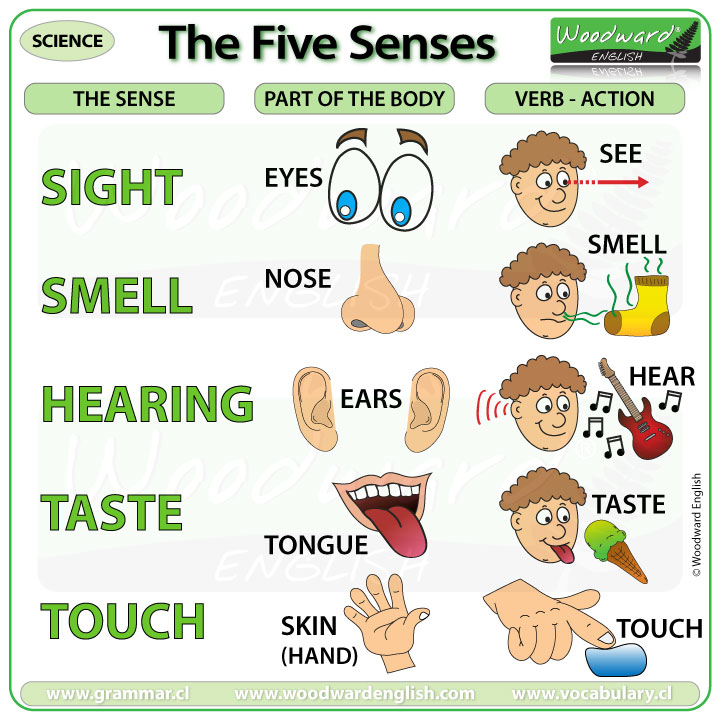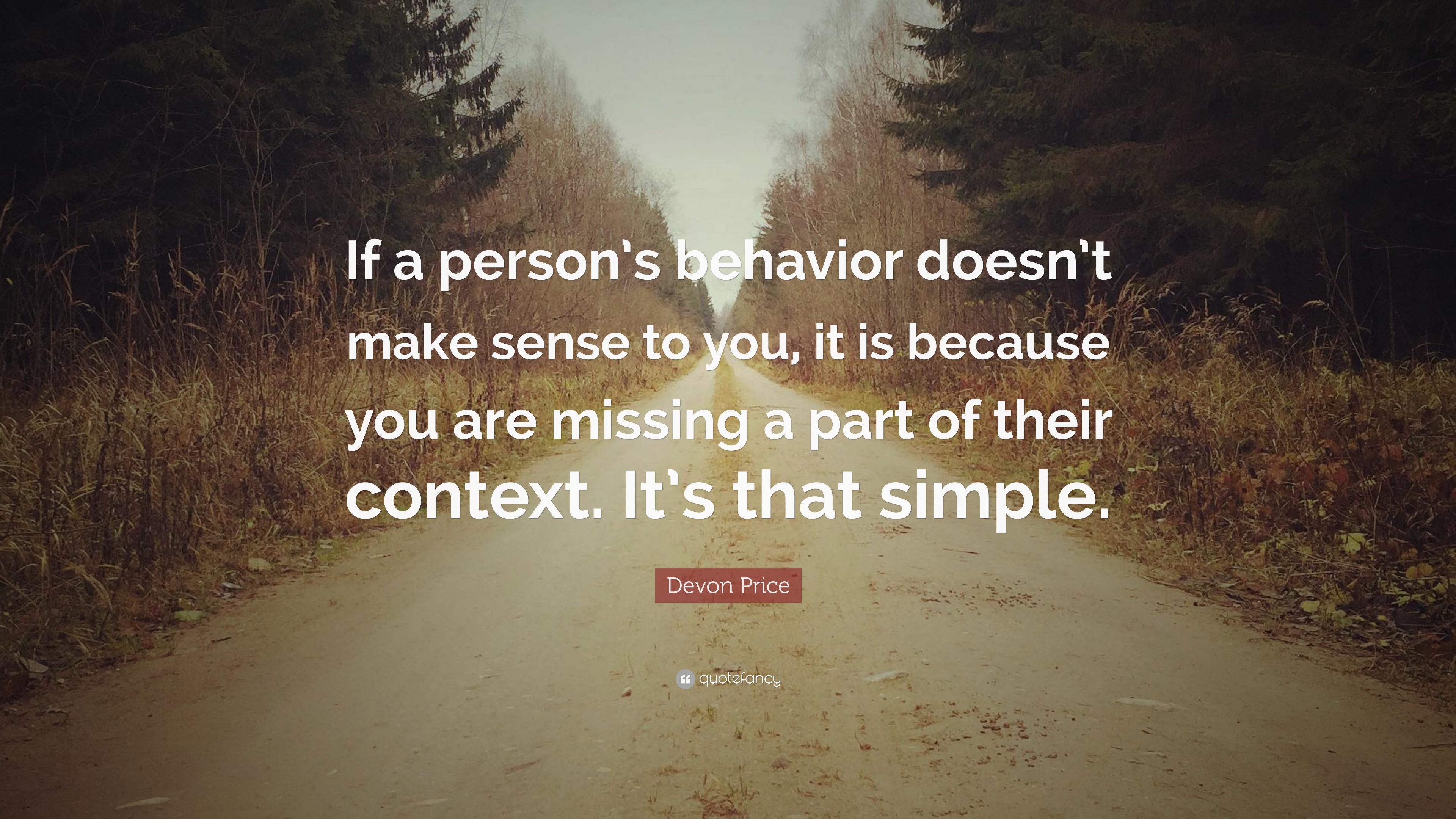Origins and Spread of COVID-19

The COVID-19 pandemic, caused by the severe acute respiratory syndrome coronavirus 2 (SARS-CoV-2), has had a profound impact on the world, disrupting daily life, economies, and healthcare systems. Understanding the origins and spread of this virus is crucial for informing public health responses and preventing future outbreaks.
The Origins of COVID-19
The origins of SARS-CoV-2 are still under investigation, but scientific evidence suggests that the virus likely originated in bats and then jumped to humans through an intermediary animal host. The initial outbreak was traced back to a live animal market in Wuhan, China, where a variety of wild and domesticated animals were sold.
The Role of Travel and Globalization in the Pandemic’s Spread
The rapid spread of COVID-19 around the world was facilitated by global travel and interconnectedness. As people traveled from Wuhan to other parts of China and internationally, the virus was unknowingly transported with them. Globalization, with its interconnected trade networks and increased travel, contributed to the pandemic’s rapid dissemination.
Timeline of Key Events and Milestones in the Pandemic’s Evolution
The COVID-19 pandemic has unfolded in a series of key events and milestones. Here’s a timeline of some of the most significant:
- December 2019: The first cases of COVID-19 were identified in Wuhan, China.
- January 2020: The World Health Organization (WHO) was notified of the outbreak.
- March 2020: The WHO declared COVID-19 a pandemic.
- April 2020: The first COVID-19 vaccines began development.
- December 2020: The first COVID-19 vaccines were authorized for emergency use.
- January 2021: Mass vaccination campaigns began in many countries.
- July 2021: The Delta variant of SARS-CoV-2 emerged, leading to a surge in cases.
- November 2021: The Omicron variant of SARS-CoV-2 emerged, quickly becoming the dominant strain worldwide.
Impact of COVID-19 on Society and the Economy: Who Covid 19

The COVID-19 pandemic has had a profound impact on societies and economies worldwide. It has caused widespread illness, death, and economic disruption, leaving lasting consequences on various aspects of our lives.
Global Impact on Public Health
The pandemic has had a devastating impact on public health globally. Millions of people have been infected with the virus, and hundreds of thousands have died. The pandemic has also led to long-term health consequences for many individuals, including long COVID, which can cause a range of debilitating symptoms.
Economic Impact of the Pandemic
The economic impact of the pandemic has been severe, leading to widespread job losses, business closures, and supply chain disruptions. Governments around the world have implemented lockdowns and other restrictions to curb the spread of the virus, resulting in significant economic downturns.
Responses of Different Countries
Countries have responded to the pandemic in different ways, with varying degrees of success. Some countries have implemented stringent lockdowns and other measures, while others have taken a more relaxed approach. The effectiveness of different responses has been influenced by factors such as the strength of healthcare systems, the level of public trust in government, and the ability to enforce public health measures.
Successes and Failures of Responses
Some countries, such as South Korea and Taiwan, have been successful in containing the virus and mitigating its impact. These countries implemented aggressive testing and tracing programs, combined with strong public health measures. However, other countries, such as the United States and the United Kingdom, have struggled to control the virus, leading to high infection rates and death tolls. These countries have faced challenges such as inadequate testing capacity, slow vaccine rollouts, and political divisions over public health measures.
Responses to the COVID-19 Pandemic

The COVID-19 pandemic has been a global challenge, prompting a wide range of responses from governments, health organizations, and individuals. These responses have aimed to contain the spread of the virus, mitigate its impact on public health and the economy, and ultimately pave the way for a return to normalcy.
Public Health Measures
Public health measures have played a crucial role in controlling the spread of COVID-19. These measures, often implemented in conjunction with each other, have aimed to reduce the rate of transmission by limiting contact between individuals.
- Lockdowns: Lockdowns involve restricting movement and gatherings to limit the spread of the virus. They often involve closing businesses, schools, and public spaces, encouraging people to stay home, and limiting travel. Lockdowns have been effective in slowing the spread of the virus in many countries.
- Mask Mandates: Mask mandates require people to wear face coverings in public settings to prevent the transmission of respiratory droplets. Masks act as a physical barrier, reducing the likelihood of spreading the virus through coughs, sneezes, or even talking.
- Social Distancing: Social distancing involves maintaining a safe physical distance from others, typically 6 feet or more, to minimize the risk of transmission. This can be achieved by avoiding crowded places, working from home if possible, and limiting close contact with others.
- Testing and Contact Tracing: Testing helps identify individuals infected with COVID-19, allowing for prompt isolation and treatment. Contact tracing involves identifying and monitoring individuals who have been in contact with infected individuals to prevent further spread.
- Hygiene Practices: Frequent handwashing, sanitizing surfaces, and covering coughs and sneezes are essential hygiene practices that can help reduce the risk of infection. These practices help prevent the spread of the virus by reducing the number of virus particles on surfaces and in the air.
COVID-19 Vaccines, Who covid 19
The development and distribution of COVID-19 vaccines have been a significant achievement in the fight against the pandemic. Vaccines work by training the body’s immune system to recognize and fight off the virus, reducing the risk of severe illness, hospitalization, and death.
Vaccine Effectiveness
Vaccines have proven highly effective in mitigating the impact of COVID-19. They significantly reduce the risk of infection, hospitalization, and death, particularly for vulnerable populations.
| Vaccine Type | Effectiveness against Infection | Effectiveness against Hospitalization | Effectiveness against Death |
|---|---|---|---|
| Pfizer-BioNTech | 95% | 97% | 98% |
| Moderna | 94% | 95% | 97% |
| Johnson & Johnson | 66% | 85% | 93% |
“The COVID-19 vaccines have been a remarkable success story in public health, saving countless lives and preventing severe illness.”
Who covid 19 – Yo, COVID-19 hit us hard, but it’s not all doom and gloom. Check out this article about the 2025 social security cola increase , which might help some folks who got slammed by the pandemic. Maybe it’s not a total comeback, but it’s a step in the right direction.
Hopefully, things will keep getting better, and COVID-19 won’t be the only thing we remember about 2020.
Yo, COVID-19, that’s the real deal, messed up the whole world, right? But check this out, even with all the chaos, the tension between Iran and Israel, iranian israeli , is still a major vibe. Like, imagine the world dealing with a pandemic, and then you got these two nations locked in a long-time beef.
It’s wild, man, just another layer to the crazy world we live in.
